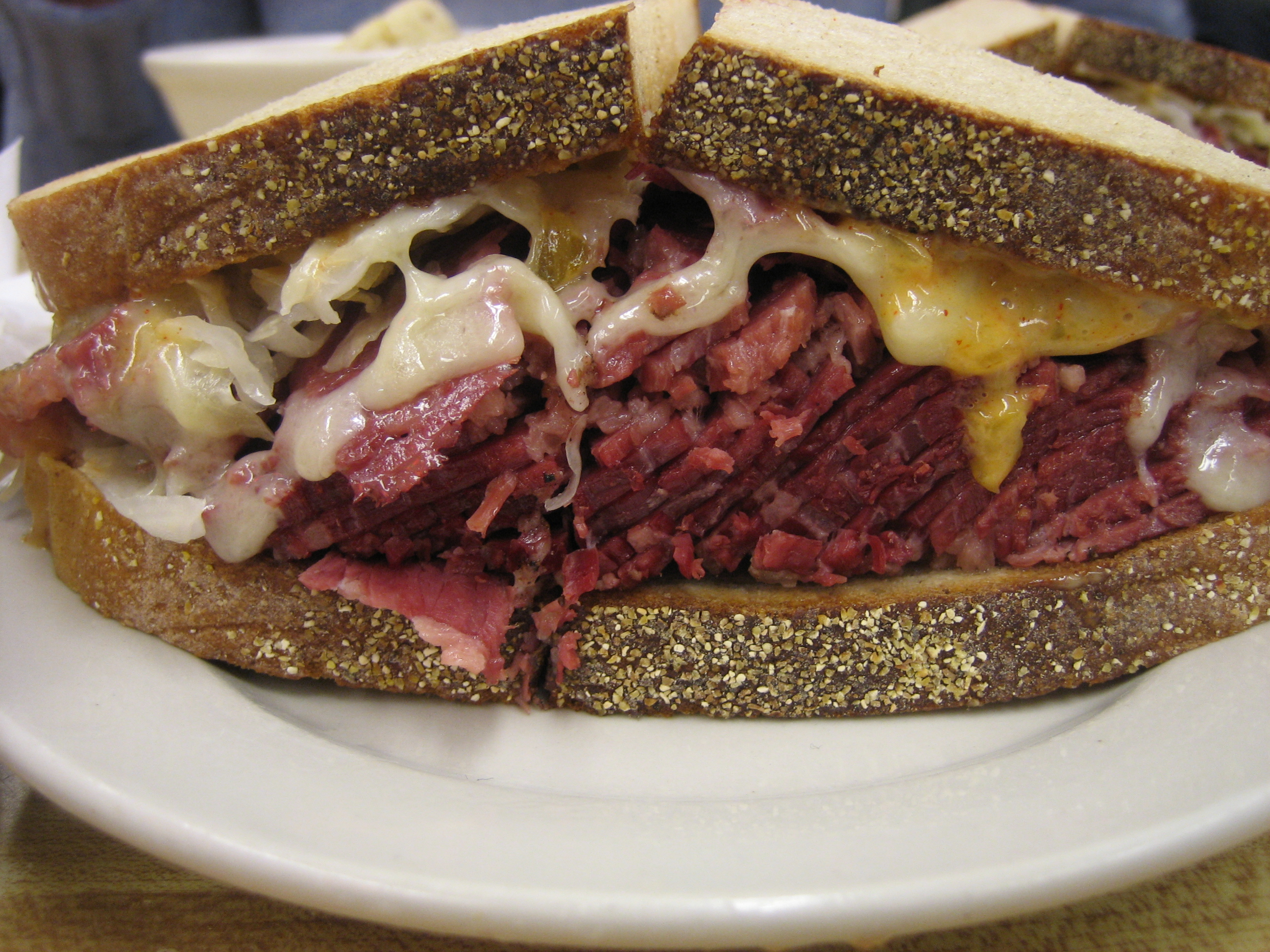 |
The Grand Duke of Lithuania, later also king of Poland,
and now - even alleged father of Christopher Columbus
|
Initially,
it seemed to me as far-fetched as those theories about how the pyramids were
left by aliens, or that Atlantis was an advanced post-industrial civilisation.
Just about as close to fake historical news as you can get. But on the other
hand – there are people out there who claim this to be true. And after all, his surname does end with "-us". So I gave this
some serious thought – did this nation of ambitious emigrants really foster the
greatest emigrant of the all? Was Columbus as Lithuanian as fried black bread
with cheese? Here are seven reasons why I think this myth is at least
plausible:
1. Columbus had a quick and easy solution to a complicated problem
How to reach India in a quicker and less expensive way had puzzled Europeans for centuries, but he was convinced he had the answer. By boat, of course! The only drawback was that it was a bit risky. Another textbook Lithuanian approach. Even the somewhat mythical (and much later) story about the Columbus egg supports this character trait – a strong ability to not only think outside the box, but to completely disregard the box all together.
 |
Perhaps the best proof of them all: When Columbus discovered the West Indies,
he was wearing flip-flops - the national shoe of Lithuania
|
2. Columbus had great ambitions, but no
money
A typical Lithuanian dilemma,
which Columbus solved in the traditional fashion – he borrowed as much as
possible from somebody else, and gave little thought to the possibilities of failure.
His expedition was in its entirety funded by Spanish Crown, and if it had
ended in complete failure…well, the king and queen would not have been very
happy. Then again, there are Lithuanian solutions to such problems as well. |
Columbus seen borrowing Money -
in the manner viewed as most appropriate at the time
|
3. Columbus deliberately obscured his
background
People
can have individual reasons for doing this. I guess if you are a foreigner in
strange lands it can sometimes make sense to do so. Lithuanian emigrants are
anyway known to do this. He was never seen writing in the language he claimed
as his native language. His CV in terms of sailing was suspicious to say the
least. He only learned Latin late in life, and it has to date been impossible to find
a contemporary picture of him. On the other hand – who would have financed an
inexperienced sailor from virtually land-locked Lithuania to go as far as to
the end of the pier?
 |
People go to Extremes to get Money.
Columbus did as many of his countrymen before him -
he disguised himself as somebody else. And now: HIS face is on the money
|
4. Columbus was in an unexplainable
hurry
Like
most Lithuanians. No sooner had he gotten the idea of going by boat to India,
did he commence his intensive lobbying of the royal courts in both Portugal and
Spain. People had been pondering this problem for centuries. The American
continent had remained undetected for thousands of years, yet he had to go
RIGHT NOW! If BMW had been making sailing ships back then, he would have
probably gotten one of those.
 |
What the Columbus expedition might have looked like today
Full speed ahead!
|
5. Columbus was quick to jump to
conclusions, and reluctant to change his mind
When
he arrived in the new world, he quickly named the inhabitants of the East
Indies “Indians”, even though they were clearly not inhabitants of India. Much
like any Lithuanian would do in a similar situation, he went to his grave
believing that his initial assumptions were correct. He must have had some
doubts during his later expeditions, but kept them to himself, rather than to
go back on his previous claims.
 |
And his stubborn persistence bore fruit -
to this day the word "Indian" is commonly used about people of native American decent
|
6. Columbus went into emigration several times, but eventually came back
Columbus
made four trips to the new world, and throughout this period he was always
telling everybody how great things were over there. Yet, he himself came back
in the end, and died in Spain. Perhaps he had pension rights in Europe, or
maybe he just didn`t like the new world too much? In true Lithuanian spirits,
however, even his remains went into emigration after his death. First back to Hispaniola,
which he discovered in 1492 (claiming it was India), then to Cuba in 1795,
before they returned to Spain in 1898. So here is a man who manages to emigrate
one final time even after he is dead. How much more Lithuanian can you get?
 |
Real migrants are not even stopped by death.
Perhaps it is time for Lithuania to request that the remains of Columbus be returnet to his ACTUAL homeland?
|
7. Columbus was cheated out of his profits in the end
As
indeed many Lithuanians abroad do. He made lots of money for his patrons, but
became too greedy and was eventually cheated out of a large part of his share
of the profit. He claimed 10% of the profits of the whole “America-thing”, and
was of course laughed out of the royal court. But did that make him lower his
demands? Certainly not! He instead wrote a book about how he and his family was
entitled to this and that in terms of wealth and glory. I`m not sure how the
Columbus family was compensated in the end, but if they were truly Lithuanian –
they are fighting fiercely over the remains to this day.
 |
Columbus depicted late in life.
As you can see, he is clearly displeased
|
From a
sociological perspective, I have no doubts – Columbus was definitely
Lithuanian, if not by blood the at least by nature. Ironically, his expedition
also became indirectly responsible for introducing the potato in Europe (since
potatos were originally introduced to Europe from America). This means that
even though this former Grand Duke did let his people down at the battle of
Varna, you could claim that there would have been no cepeliniai without him.
 |
The Lithuanian national dish just got a little bit more Lithuanian.
Perhaps it is time to rename it?
|









































